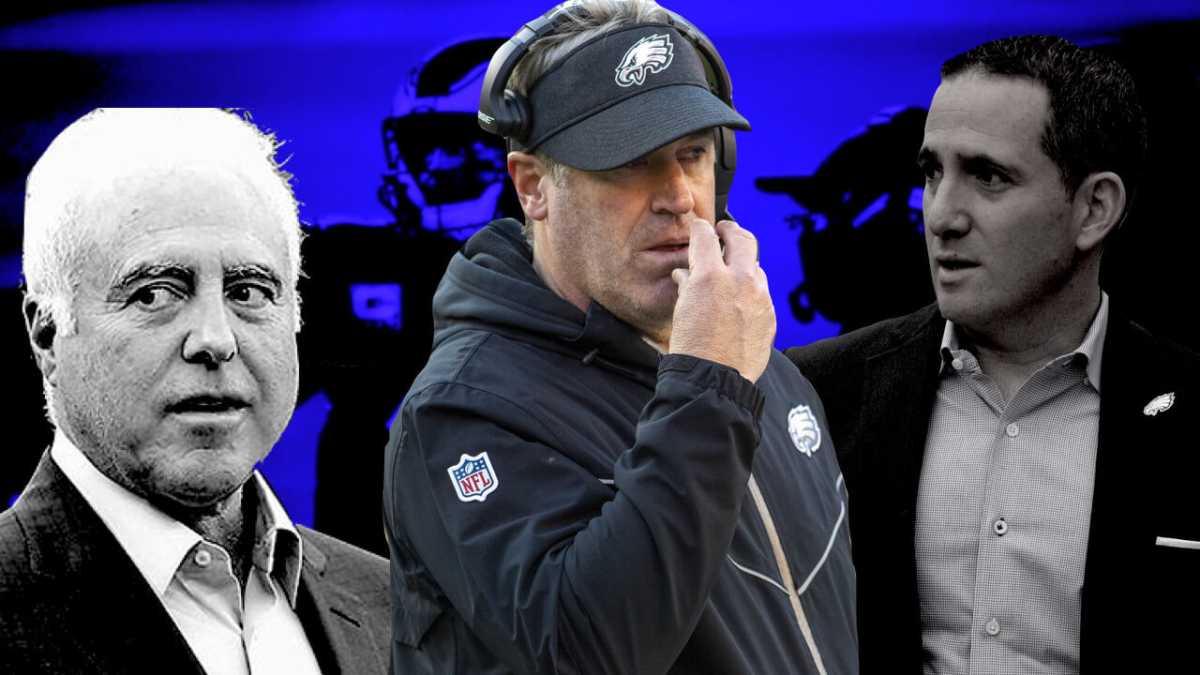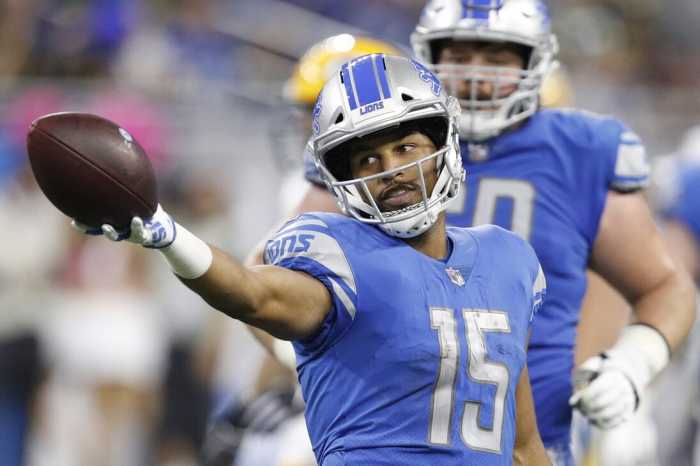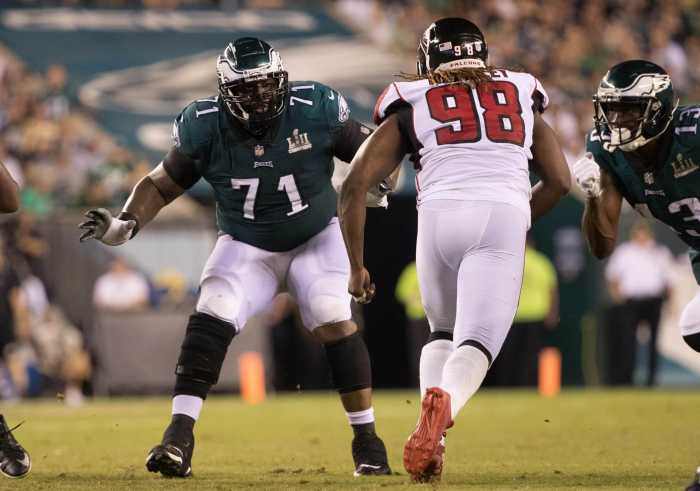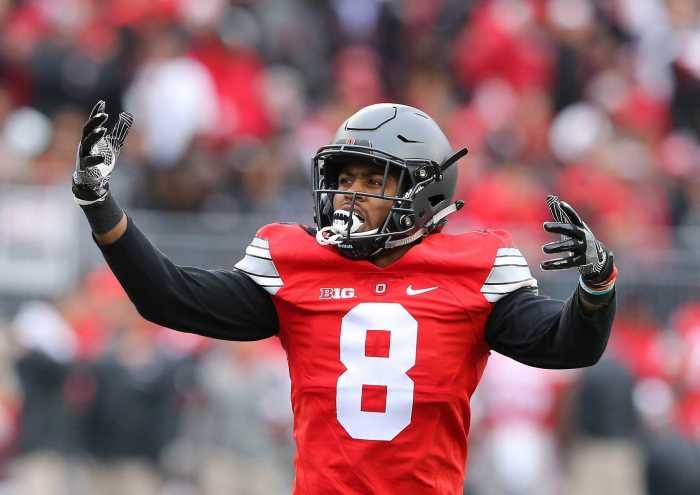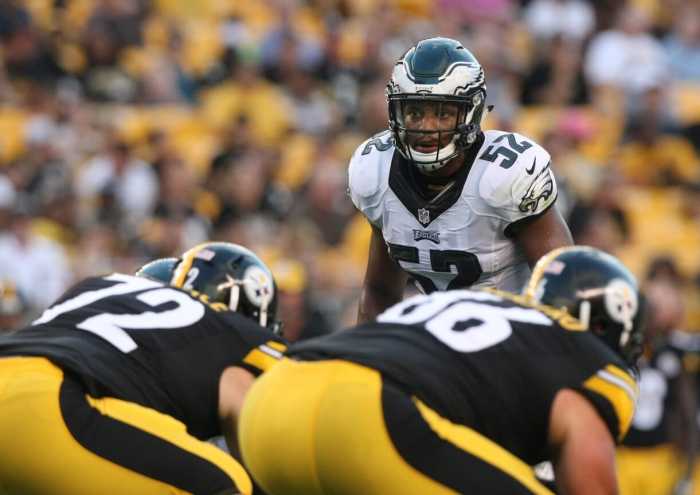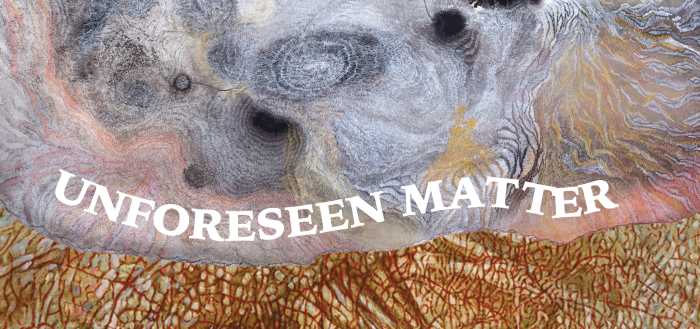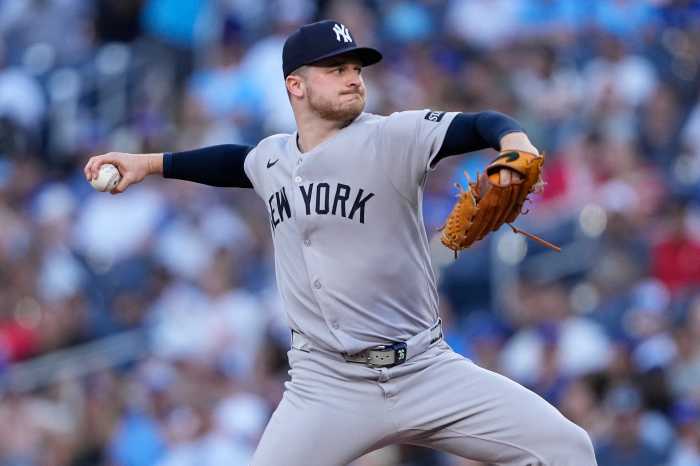It’s been a little over 24 hours since news broke that Doug Pederson and the Philadelphia Eagles had parted ways. It was something that whilst in the realm of possibility, still felt like it was never a likely outcome. However, if we read between the tea leaves just a little, it’s unfortunately easy to see that this was a long time coming. Here are five key moments that ultimately led to the end of an era.
A clear disconnect
If we turn back the clocks to around this time one year ago, Doug Pederson stood behind the podium in his end of year presser and guaranteed the future of offensive coordinator Mike Groh. He was fired one day later.
This understandably left a sour taste in Pederson’s mouth, but we didn’t realize just how bitter that was until yesterday.
It also painted the picture of what would ultimately become a clear disconnect between Pederson and the front office. From a bevy of free-agent moves that just didn’t work out, to a string of draft classes that looked as though Roseman was trying to build a team of one style, while Pederson was trying to run one of another, the disconnect really caused the Eagles to tumble after the firing of Groh.
The Eagles assembled a team of Power Rangers to fill the newly vacated offensive coordinator role. On paper, this seemed great. In reality, it saw Doug Pederson having countless voices in his ear with pressures to make changes to the scheme he’s been developing for years.
All of a sudden, the offense dried up and Pederson almost looked like he’d lost the ability to scheme to his players’ strengths. Jalen Hurts was being used in the strangest and most unsuccessful ways in 2QB sets, the run-game disappeared, and what was expected to be a play-action foundation simply became an offense built on long-developing route concepts that demand Wentz stay in the pocket – perfect for when the offensive line is decimated by injury.
That brings us quite nicely to our next point.
The regression of Carson Wentz
Carson Wentz had a dreadful 2020 campaign and it’s not acceptable. Who’s to blame? It’s probably an even split between Wentz, his coaches, and the front office. But the fact is that when you have a player who is paid like a top-5 QB and has proven he can play like one, tolerating the kind of year he endured is teeth-grindingly agonizing.
Fingers were naturally going to point to Doug Pederson, especially after the offense changed so drastically when Jalen Hurts was eventually dropped into action in the heart of a week 12 loss to Green Bay. Short-passes and play-action became the base on which Pederson sought to build on, but it was too little, too late.
The reasons behind the regression of Carson Wentz are plentiful. Some are on the QB and only the QB, while others absolutely fall on the shoulders of the Head Coach, who is responsible for trying to ensure he’s set up for success. For whatever reason, Pederson did a really poor job of that this season, which will undoubtedly have contributed to the next phase.
Eagles front office piles the pressure
We learned this season that Howie Roseman and Jeffrey Lurie seem to have quite a strong grip on the day-to-day runnings of the personnel side of things. An anonymous source told our writer Chris Infante the following earlier this year:
“Comparing Howie Roseman to other GMs, he’s more involved than most. Most GMs would meet with the coaches and see what they need and do what they need and then get the hell out the way and let you coach.”
“Howie does all the talking in draft meetings, would be aided by Joe Douglas and Andrew Berry. Doug’s preferences barely considered.”
How deep that problem ran, we may never know. Reports came out recently stating that the opposite was in fact the case (I can’t think why…), but it became clear this year that Pederson was feeling the strain.
Every press conference felt like a chore to watch. Pederson’s facial expressions were often those of frustration, anger, and disappointment. That’s understandable given the circumstance, but he was showing a side we had previously never seen. Snapping at reporters, throwing out questionable rhetorics and looking visibly agitated on a consistent basis.
As the Eagles continued to slip into a slump, the pressure was continuing to grow on Pederson. The team had drafted a quarterback in the second round and it was weighing on the franchise like a Rock. It felt like an inevitability that the QB change would come…but it wouldn’t be the only one to spark controversy.
The Eagles tank in 122k 17
Jeffrey Lurie was quick to mention that Doug Pederson’s decision to pull Jalen Hurts at the beginning of a competitive fourth quarter in week 17 had nothing to do with his dismissal (again, can’t think why), but while that may be the case, it’s hard to overlook the impact that had on the team.
The Eagles owner also stated yesterday that Pederson ‘didn’t deserve to be fired’, but it was a move that had to be made. If that’s the case, it may have something to do with the numerous players on the team voicing their displeasure about the ‘tankgate’ decision.
Pederson had long been known for his emotional connection to players – allowing them to be themselves and relating to their experience as someone who had once been in their shoes. Even through a torrid 2020 campaign, you never once heard players fire shots at their Head Coach in press conferences, anonymously, or on social media…until week 17.
Regardless of the reasoning behind the decision and whether he was pushed into making it or not, there’s no denying it caused some unrest in the Eagles locker room and the repercussions of that may well have been the straw that broke the Camel’s back.

